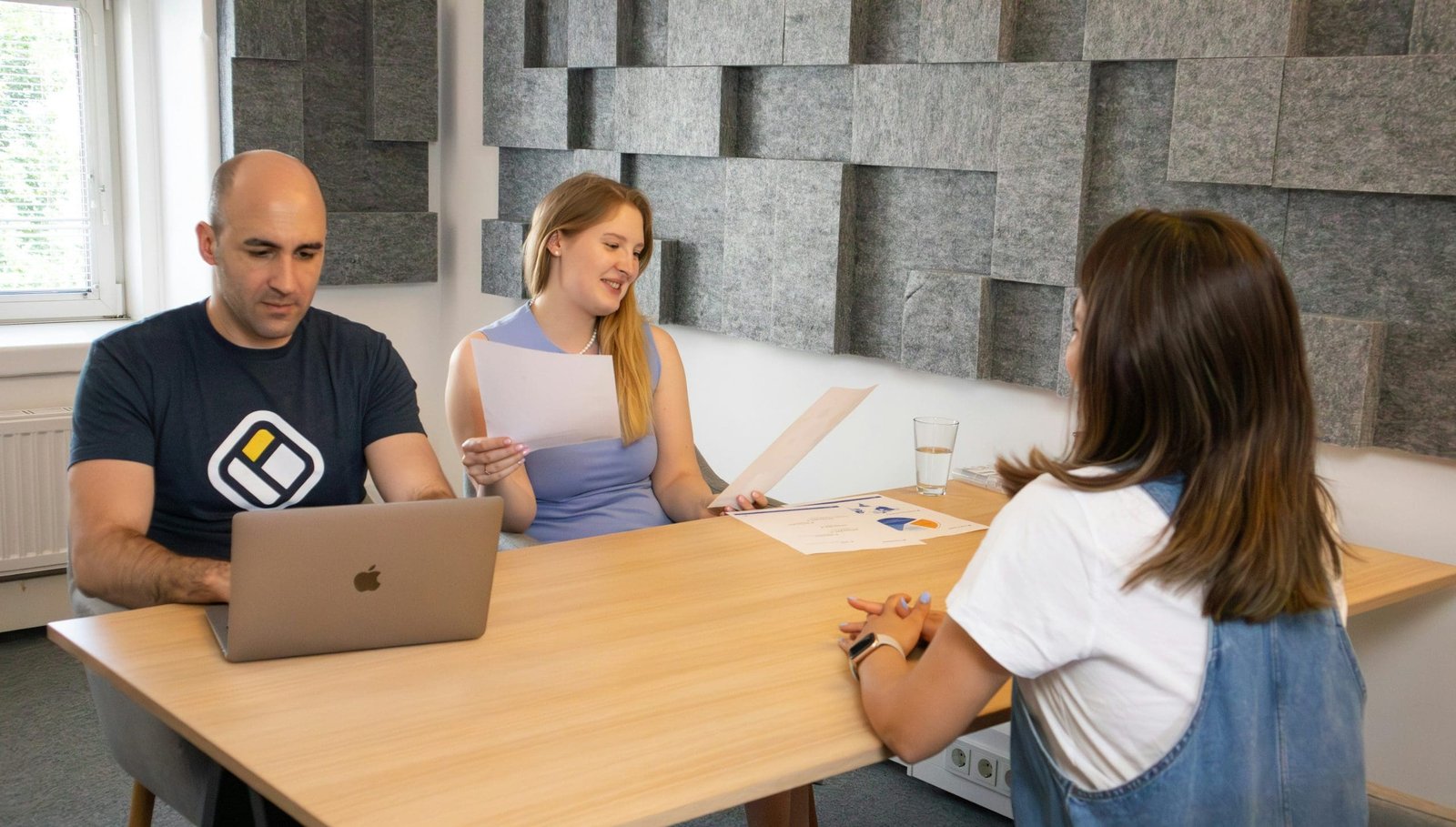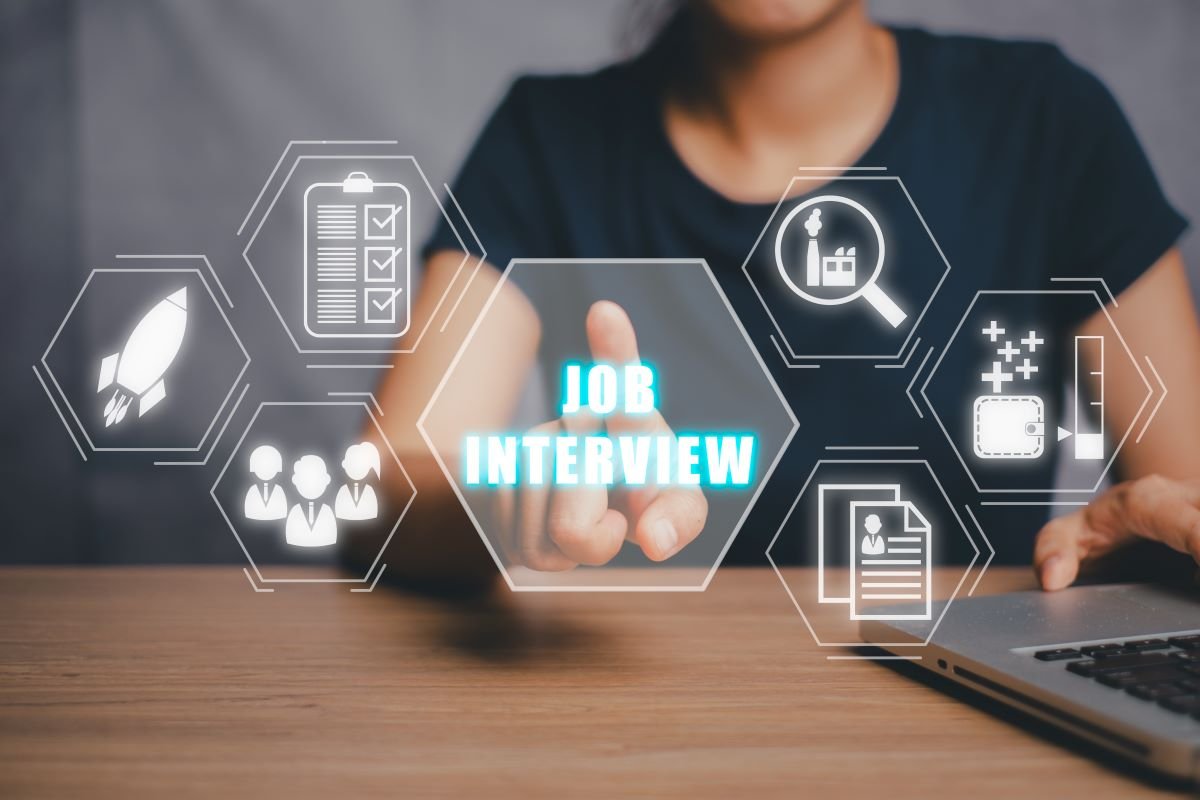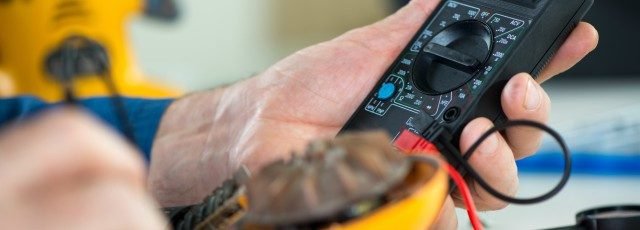
Interview Presentation Preparation: Advanced Guide

Interview presentations have become a crucial part of the recruitment process, especially for senior-level positions or roles where effective communication is vital. These presentations allow employers to assess your ability to convey information, organize your thoughts, and engage an audience, all while maintaining professionalism. Whether you’re asked to prepare a presentation on a specific topic or deliver a “blind” presentation with minimal preparation time, your ability to perform can significantly impact your chances of landing the job.
An interview presentation is typically a brief, persuasive speech delivered during an interview or assessment day. The content could vary depending on the position you’re applying for, but generally, employers want to see that you can think critically, structure your ideas clearly, and communicate them effectively. For example, in marketing roles, you may be asked to sell a product or analyze market trends. In more senior positions, you might be asked to share a vision for the industry or company.
For blind presentations, you’ll be given a topic on the spot and have a limited amount of time—usually 30 minutes—to prepare your presentation. This tests your ability to think on your feet and organize your thoughts quickly.
What Employers Expect From Your Interview Presentation

Employers use interview presentations to evaluate several key qualities, including:
- Communication Skills: The clarity and effectiveness of how you express your ideas both verbally and in writing.
- Engagement: Your ability to capture and maintain the audience’s attention, whether it’s through stories, data, or visuals.
- Subject Matter Knowledge: Your expertise in the industry and the position you’re applying for.
- Creativity and Problem Solving: How well you can address complex problems or innovate within your field.
- Confidence and Composure: How comfortable and composed you are under pressure, especially if you’re asked to perform a blind presentation.
- Organization: Your ability to present your ideas in a structured, logical manner.
- Attention to Detail: Accuracy in the information presented and the quality of your visual aids.
These components are what interviewers look for, and they will closely evaluate how well you meet these expectations during your presentation.
Interview Presentation Preparation
Why Is Presentation Important in Interviews?

Presentations in interviews are an opportunity for employers to assess both the content and style of your communication. They want to see whether you can convey complex ideas clearly and whether you’re capable of handling the pressure of speaking in front of an audience. Effective presentations reflect your understanding of the subject matter, your ability to engage and persuade, and your capacity to structure your thoughts in a coherent manner.
A strong presentation shows employers that you’re not just knowledgeable, but also capable of articulating your thoughts, a crucial skill for senior-level roles or positions that require leadership and communication. It can also differentiate you from other candidates, especially when technical expertise alone is not enough.
How to Prepare for Your Interview Presentation

Proper preparation is key to delivering an effective interview presentation. Here’s a step-by-step approach:
- Research the Company: Learn about the company’s mission, values, products, and recent developments. Tailor your presentation to align with the company’s culture and goals. If you’re presenting a strategy or idea, ensure it is relevant to the company’s current direction.
- Understand the Topic: If you’re given a specific topic, research it thoroughly. If it’s a blind presentation, take time to organize your thoughts quickly when the topic is presented. Look for current trends and data to make your points more compelling.
- Clarify the Presentation Details: Ask about the length, audience, and whether visual aids are allowed. This will help you plan and avoid surprises on the day of the presentation.
- Create Clear and Concise Notes: For blind presentations, organize your notes into bullet points or an outline so you can quickly reference them without reading verbatim. Aim to keep them minimal and focused on key points.
What Makes a Great Interview Presentation?

A great interview presentation has several key elements:
- Clarity and Brevity: Keep your message concise and to the point. Avoid jargon or overly complicated terms that might confuse the audience.
- Engagement: Use storytelling, examples, and relatable scenarios to maintain the audience’s attention. Make the presentation interactive if possible, inviting questions or feedback.
- Well-Structured: Your presentation should have a logical flow—introduction, main points, and a clear conclusion. This structure helps your audience follow your ideas more easily.
- Confidence: Speak with authority and conviction. If you’re uncertain about something, acknowledge it but stay calm and composed. Confidence often carries more weight than the content itself.
- Preparation for Questions: Anticipate follow-up questions and be prepared to answer them thoughtfully. This shows that you’re not only knowledgeable but also adaptable under pressure.
How to Structure Your Presentation

A well-structured presentation will make it easier for your audience to follow and engage with your ideas. Here’s a guide to structuring your presentation:
- Introduction: Start with a greeting and introduce yourself. State the purpose of your presentation and give a brief overview of what you’ll be discussing.
- Main Sections: Divide the presentation into 2–3 main sections. Each section should cover a specific aspect of your topic, supported by facts, data, or examples.
- Conclusion: Summarize the main points, emphasize the key takeaway, and thank your audience. Make sure to leave time for questions and discussion.
- STAR Model: The STAR (Situation, Task, Action, Result) model can help you structure your responses to questions or real-world examples.
How to Give Your Presentation Effectively

The delivery is just as important as the content. Here’s how to deliver your presentation confidently and effectively:
- Voice: Speak clearly and vary your tone to emphasize important points. Avoid speaking too fast or too slow.
- Eye Contact: Make eye contact with all members of the audience to create rapport and demonstrate engagement.
- Smile: Maintain a positive demeanor, showing enthusiasm for the topic and a willingness to engage.
- Posture: Stand tall and use open body language. Avoid crossing your arms or fidgeting.
Visual Aids: How to Use Them for Impact

If you’re allowed to use visual aids, they can enhance your presentation by helping to clarify your points. Here’s how to use them effectively:
- Simple Slides: Keep slides simple and focused on key points. Avoid cluttering them with too much text or information.
- Graphs and Images: Use visuals like graphs, charts, or images to support your points and make them more engaging. Ensure they are easy to understand.
- Consistency: Match the company’s branding and style in your slides, including colors, fonts, and design.
- Backup: Always bring backup copies of your presentation in case of technical issues.
Day-of Tips for Interview Presentations

- Dress Appropriately: Wear professional attire that makes you feel confident and comfortable.
- Organize Your Materials: Ensure your notes and any visual aids are ready and easily accessible.
- Arrive Early: Arriving early gives you time to set up and address any technical issues before the presentation begins.
- Practice Calmness: Take a deep breath, smile, and focus on delivering your presentation calmly and clearly.
- Answer Questions Thoughtfully: Don’t rush your answers. Take a moment to gather your thoughts if necessary.
Final Thoughts on Giving a Great Presentation
In summary, a successful interview presentation is a combination of solid research, well-structured content, and confident delivery. The goal is to demonstrate your ability to communicate clearly, think critically, and engage with your audience. Preparation is key—ensure that you understand your topic, anticipate questions, and rehearse your delivery.
Confidence and clarity are essential, but don’t forget to be adaptable. Whether you’re preparing for a specific topic or a blind presentation, being able to think on your feet and present yourself professionally will leave a lasting impression on your interviewers.
FAQs for Interview Presentation Preparation
Why is presentation important in interviews?
A presentation in an interview allows employers to evaluate your communication skills, subject matter expertise, and ability to engage an audience, all of which are critical for most positions, particularly those in senior roles.
How do I prepare for my interview presentation?
Preparation involves researching the company and topic, clarifying details like time, audience size, and allowed visual aids, and creating clear notes for quick reference.
What makes a great interview presentation?
A great presentation is clear, concise, and engaging, with a logical structure and confident delivery. It should also be well-researched and prepared for potential follow-up questions.
How should I structure my interview presentation?
Your presentation should have a clear introduction, well-defined main sections, and a conclusion that reinforces your main points. You can also use the STAR method for real-world examples.
How do I deliver my interview presentation effectively?
Speak clearly with a varied tone, make eye contact with the audience, maintain positive body language, and ensure you stand tall and composed throughout.
How can I use visual aids in my presentation?
Use simple, concise slides that support your main points. Incorporate graphs, images, or data visualizations to enhance clarity and engagement, but avoid overwhelming the audience with too much information.
What are some day-of tips for a successful presentation?
Dress professionally, arrive early to prepare, practice calmness, and answer questions thoughtfully. Be prepared for any technical issues and have backup copies of your materials.
What are the key takeaways for giving a successful interview presentation?
Preparation, confidence, clear content, and engaging delivery are key. Make sure to structure your presentation logically, use visuals strategically, and be ready for questions.






